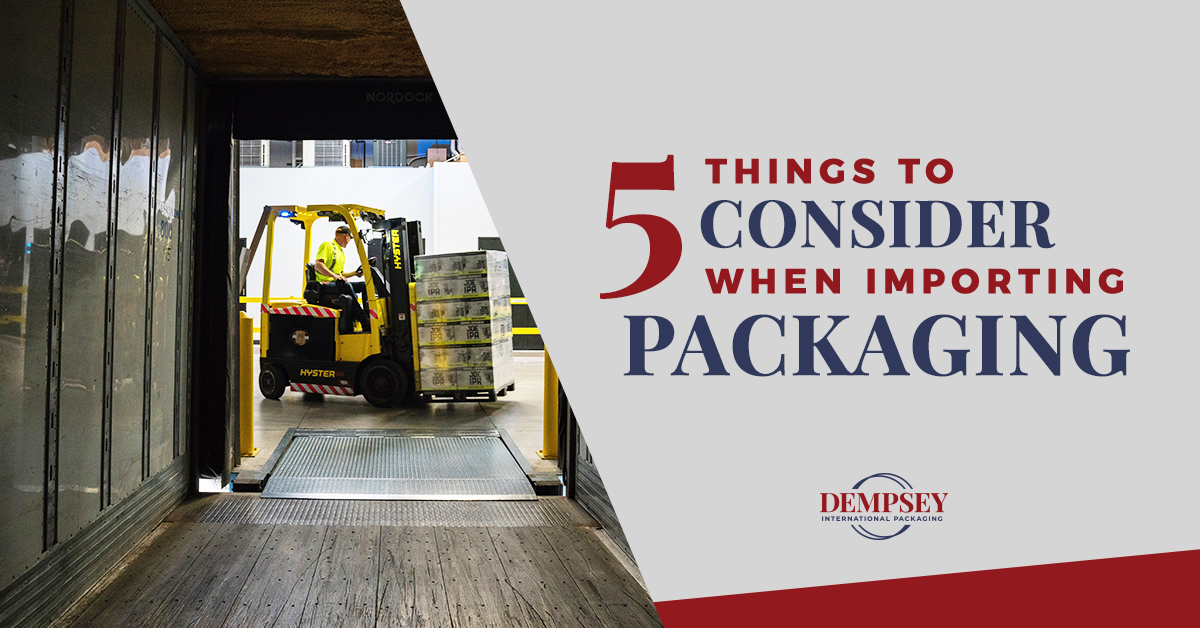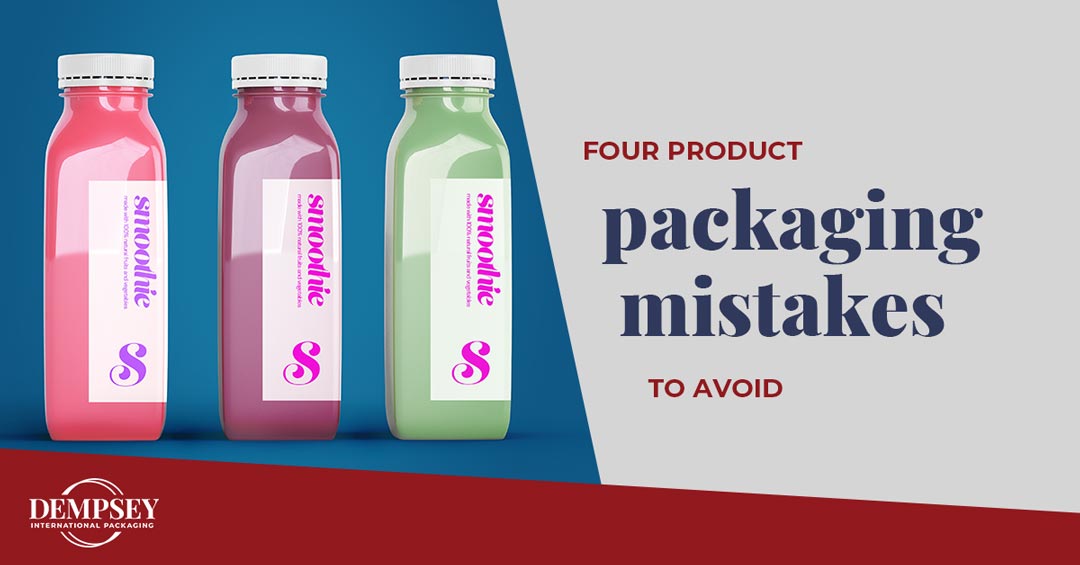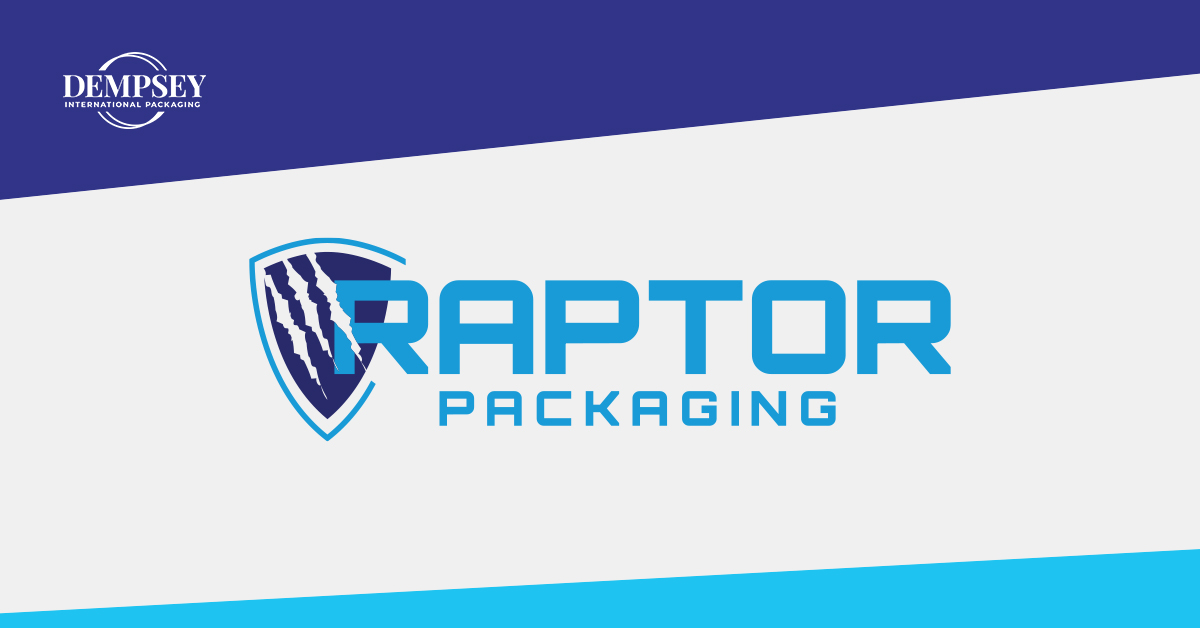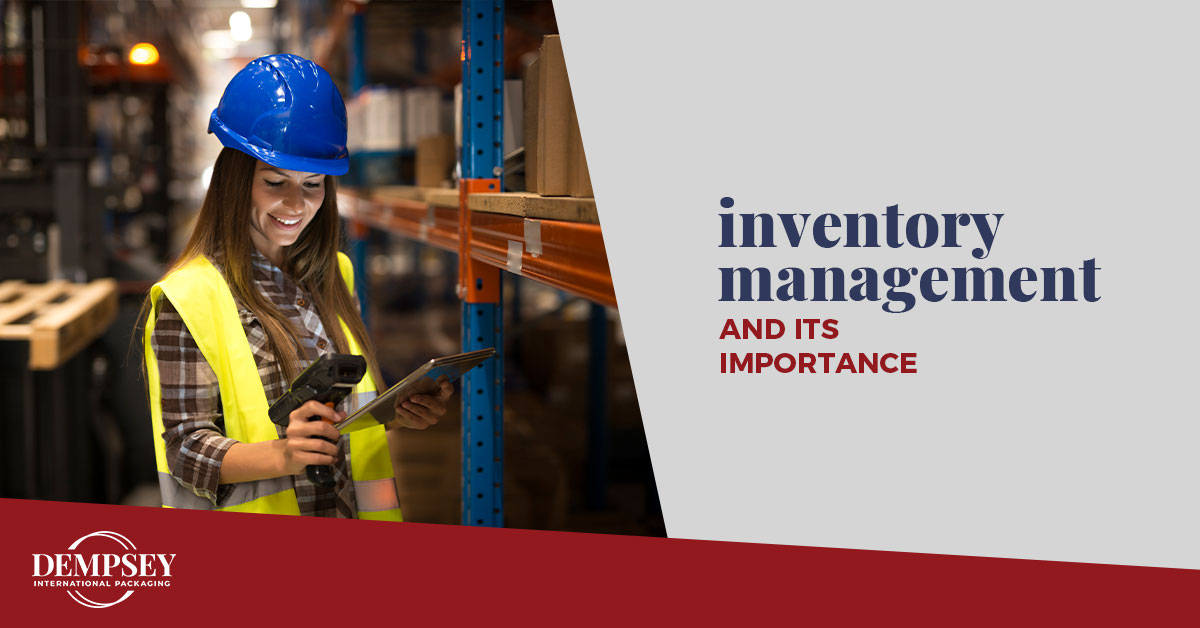As you look near and far for your next generation of packaging, carefully consider the challenges before you decide to import. In many cases, customers overlook the soft costs associated with managing a supply chain that spans great distances and cultures. Whether you have a Packaging Distributor involved or if you are managing the process yourself, there are many things to consider: quality, logistics, price, inventory and expertise. Setting your company and team up for success means making sure you have transparency into how things will be managed.
1. Quality
Quality does not mean the same thing to everyone, especially when you are sourcing from a foreign market that defines its quality standards based on local market expectations. Defining the quality up front is paramount to making sure you are not wasting valuable resources on the production floor, receiving excess scrap or having product failures in the market. Success comes when you and your team define in detail every aspect of the quality expectations, testing process, and the repeat ability of the process. In many cultures around the world, “OK” means “I hear you,” not “I am going to give you what you want.” Consider having a team or partner who will do outbound Acceptable Quality Level (AQL) inspections based on Mil 105 E standard testing. The last thing you need is bad quality to leave the export factory.
2. Logistics
Managing the logistical components once you have good products can appear to be simple on the surface, however, costs can vary greatly, customs clearance, bonds, and tariffs can be complex, and there is no short cut for proper planning. Today logistical systems have become more automated and give us a greater degree of manageability, but despite all the technology, you still need to make sure you don’t fall in the “Knowledge Gap.” Engaging a partner that can insure proper categorization of the product and has the competency to manage the ports is extremely valuable. Freight alone can account for more than 10% of the overall procurement price. These added costs all factor into your decision of procuring product from abroad.
3. Price
We live with the perception that things are cheaper from outside the USA. This is generally true when the cost of labor makes up greater than 30% of the cost of goods. This benchmark repeatably proves true. When you analyze the cost of energy and raw materials worldwide you often find that USA domestic producers enjoy some of the most economical rates around the world. Quite often we find that tooling and other assets can be procured cheaper in foreign markets, but unless there is a secondary process or manual labor involved, your money is more wisely invested at home. In many foreign markets, you don’t have the same legal protections to protect your investments or even sufficient recourse when things go wrong. Many importers also fall victim to the price point variance (PPV) approach believing that because the price is cheaper it costs less. Adding up the soft costs can be tedious but in the end the exercise may be eye opening. The financial analysis should be carefully done up front to determine not only the true cost of the product but the liabilities and risks to the business.
4. Inventory
In today’s world of “less is more,” this certainly does not relate to inventory. Companies who choose to import their products should keep at least 120 days of inventory on hand to address manufacturing lead-times, logistics transportation, and customer spikes in demand. Understanding the implications of this cost on your business is critical. The requirements for space, working capital, and product lifecycle all play into how much inventory you or your distribution partner must keep in stock. Clearly defining the expectations with the manufacturing partner, your team, or any 3rd party up front to make sure you avoid out of stock situations and having the necessary inventory when you need it is critical. Despite the temptation to maintain lower inventories, the cost to your brand could be devastation given the competitive landscape of today’s eCommerce and retail world.
5. Expertise
Utilizing imports can be done effectively and add dollars to your bottom line. Establishing a team or a network of partners that understands the landscape of the foreign markets and can help you do the proper work upfront will make the difference. Having the right partner helps you to react to situations when problems arise or factors like port strikes hit with little or no notice. Laws, regulations, costs and opportunities are always changing the import environment—having a team with the expertise to both protect and capitalize on these changes is a strategic advantage for those importing products.
Authored by: George W. Dempsey Jr, CEO of Dempsey International Packaging
George is a leading expert on Asian and Latin American Packaging Supply Chain dynamics. His expertise spans 25 years of supply chain and business development in foreign markets, including multiple board level positions. He is a graduate of Northern Illinois School of Business and holds multiple degrees including an Executive MBA.




